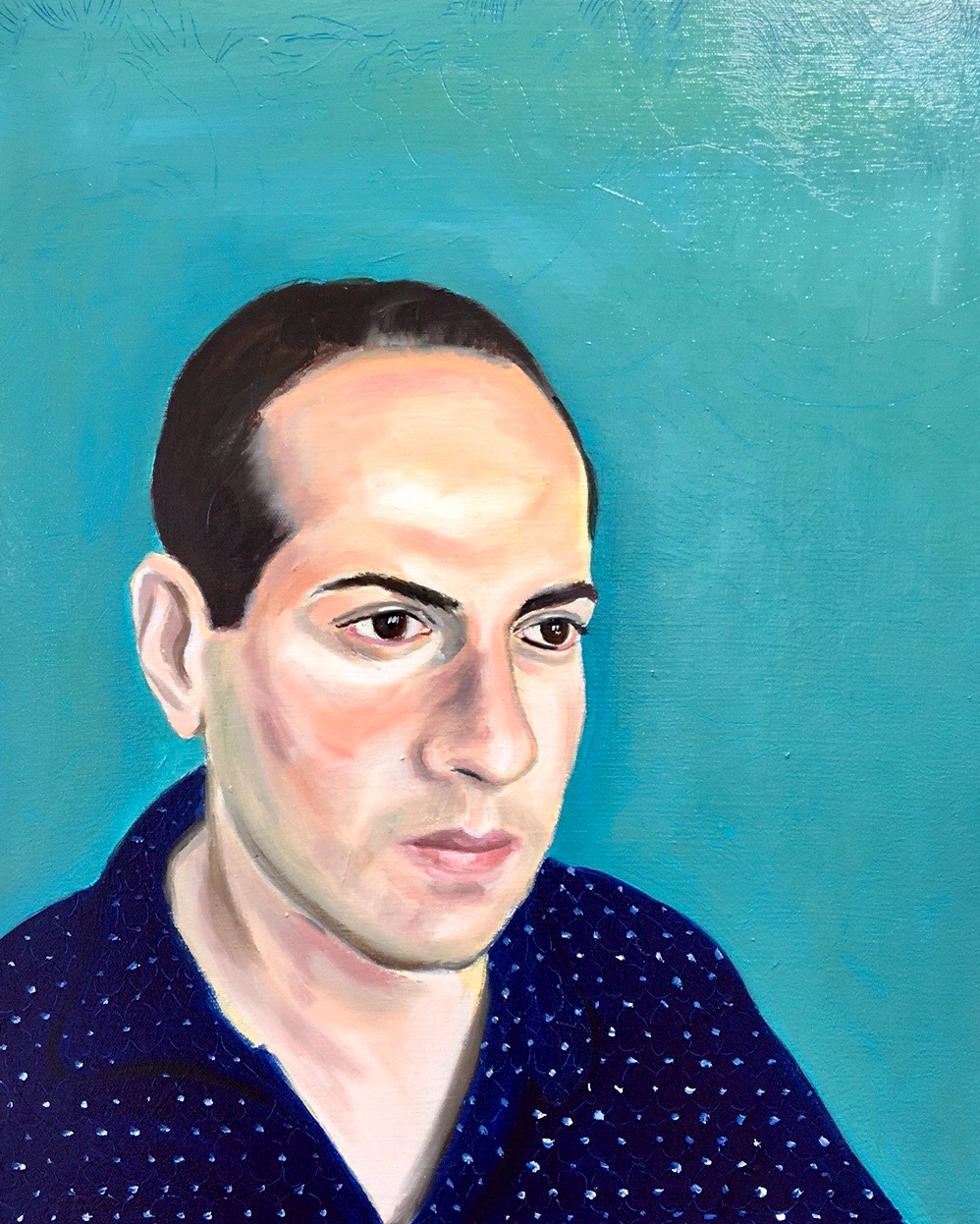The 'Lover's Dream'
- Edward Luper
- Oct 23, 2022
- 4 min read
"Some will say they do not wish to dream their lives away. As if life itself were not a dream, a very real dream from which there is no awakening. We pass from one state of dream to another: from the dream of sleep to the dream of waking, from the dream of life to the dream of death. Whoever has enjoyed a good dream never complains of having wasted his time. On the contrary, he is delighted to have partaken of a reality which serves to heighten and enhance the reality of everyday."
Henry Miller
This project all began from a 17th century Chinese blue and white dish. Working in an auction house, we sometimes have access to important or hidden collections not usually seen by the wider public. On a visit to the Butler collection, which houses one of the finest works of blue and white porcelain from the 17th century, I saw this dish:

Although from a purely financial point of view, this was not the most expensive item in the collection, it was by far my favourite. It shows a scene from a play called 'Peony Pavilion' (mudan ting 牡丹亭) written by Tang Xianzu (1550-1616), a contemporary of Shakespeare. Tang Xianzu's own preface makes 'Peony Pavilion' out to be an illustration of the redemptive power of passion, or love. He begins with a plot summary:
"Of all the women of feeling in the world, was there ever one like Du Liniang? Dreaming of a lover, she grew sick, and the sickness grew ever worse, until she painted her own self-portrait to leave the world before she died. Three years after her death, out of the void she was able again to seek the one of whom she had dreamt and come back to life. Such a one as Liniang can truly be called a person of feeling."
The dish above, illustrates when Du Liniang dreamt of her lover Liu Mengmei. She leans on a table, revealing her long elegant wrist. Lost in reverie, a long wispy dream bubble envelops a third of the dish. I felt that the composition and design was remarkable.

Dream was a fascination of the age, especially in the late Ming and early Qing, as can be seen in the proliferation of illustrations of dreams in woodblock printed books. Dream came to evoke a whole range of concepts including imagination, memory, subjectivity, and sensibility. The great writer Zhang Dai (1597-1684) called his two collected reminiscences of life before the fall of the Ming dynasty Taoan mengyi (Recollections of Taoan's Dreams) and Xihu mengxun (Dream Seekings of West Lake), from which I took the word mengxun (梦寻) used in the title of my series of drawings.
One of the loveliest of all woodblock dream illustrations is by the famous artist Chen Hongshou (1598-1652). This scene from The Western Wing depicts the hero of the play fast asleep on a mat, dreaming of an amorous encounter with his beloved Yingying in a garden. In contrast to most woodblock illustrations of dreams, here the dream bubble is solidly filled, while the space occupied by the sleeper seems empty. The result is to reverse the viewer's impression of which scene seems real and which scene illusion.

I have long been fascinated by Ming dynasty depictions of dreams and began several years ago by doing my own drawing based on the same scene as the blue and white dish above. This in turn became a woodblock print.

My original drawing was for an exhibition on Kunqu opera, exhibited in the Nanjing Museum. As the exhibition was on Kun opera, my version was more overtly based on the costumes of actors performing Peony Pavilion which had been staged in London twice (Once in Saddler's Wells, the second in Limehouse). The woodblock print was also well received, until the whole batch of signed editions were taken by a prospective gallerist and disappeared, never to be returned to me despite my attempts (a warning to artists: never give your work to anyone you don't trust entirely). After that experience, I wanted to focus on other projects and put aside Ming style dreamscapes.
While thinking about new projects, however, I resurrected the idea of doing a contemporary version of the 'Peony Pavilion' dish. As someone currently active on the dating scene, I was frustrated by the difficulties young people face in trying to find partners. The question came up in my mind "what would Du Liniang's dream look like if she were here today?"... Gone are the books and flower vase, replaced by an iPhone, vape and coffee mug.
I wanted to make it raining outside, with a cozy feeling of being inside with a warm drink, its usually in these moments when we let our thoughts drift and wander into dream.
I began a design for a metal-plate etching, using my friend Ariel as the model. The dream, in our late capitalist society is not just to find love, but a partner with whom we can pool resources to buy a house and raise a child. As inflation and cost of living rises, this is something quite difficult and indeed a big reason why birth rates are so low in countries such as S.Korea, Singapore or Japan, which are extreme examples. Mathematically speaking, someone in the UK with an average salary, cannot afford the average house price - unless they have a partner. The Lover's Dream therefore is a comment on our anxieties and hopes today.

Since the inspiration came from a cobalt-blue and white dish, I wanted to make an aquatint etching, with various shades of cobalt blue pigment.

The cobalt reacted with the zinc metal plate however, and to make the blue richer, I mixed it with ultramarine and royal blue. The next step would be to try and transfer this design onto a ceramic dish.






Comments